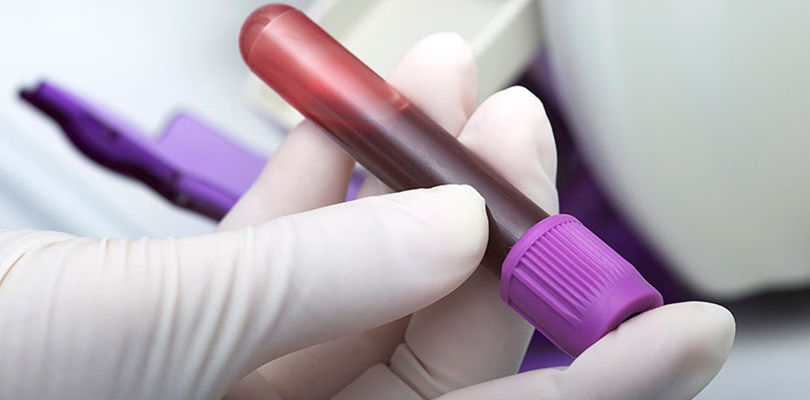Early Symptoms of Lupus
Systemic lupus erythematosus, commonly referred to as lupus or SLE, is an autoimmune disorder that most commonly afflicts women. Around 1 in 2100 people are diagnosed with the disease.
Lupus is five times more common among females than males, but men who get lupus often develop more severe symptoms. Lupus discriminates in other ways, too — black women have triple the risk of contracting lupus than white women do. It also runs in families. If a person has a close family relative diagnosed with lupus, that individual’s chance of developing the illness is ten times higher than someone who doesn’t.
If a person has a close family relative diagnosed with lupus, that individual’s chance of developing the illness is ten times higher than someone who doesn’t.
Most people who have lupus experience periods of mild or absent symptoms that alternate with flare-ups of symptoms. Lupus symptoms may be mild, moderate, or severe.
Diagnosis is often difficult. Many experts believe that the illness is more common than currently recognized, partially due to its wide range of symptoms and the difficulty in diagnosing it.
While 100 years ago the disease was generally fatal within five years of diagnosis, lupus is now manageable with the use of medication and lifestyle measures. People who have a diagnosis of lupus can now expect to live a normal lifespan.
1. Butterfly Rash
Forty percent of people diagnosed with lupus develop a red, bumpy rash that extends from the bridge of the nose and across the cheeks in a butterfly-shaped pattern. While the face rash is the most common, a rash may appear anywhere on the body.
The second most common place for the rash to arise is on the chest. The rash may appear as a single raised, red and disc-shaped lesion, or as a widespread skin disturbance with multiple elevated, red lesions.
Exposure to sunlight may make the lesions worse. Sensitive individuals may experience a severe skin reaction with an exacerbation of other symptoms when exposed to sunlight.
Sleep deprivation symptoms can range in severity from mild sleepiness to more serious complaints such as memory issues, and hallucinations.







